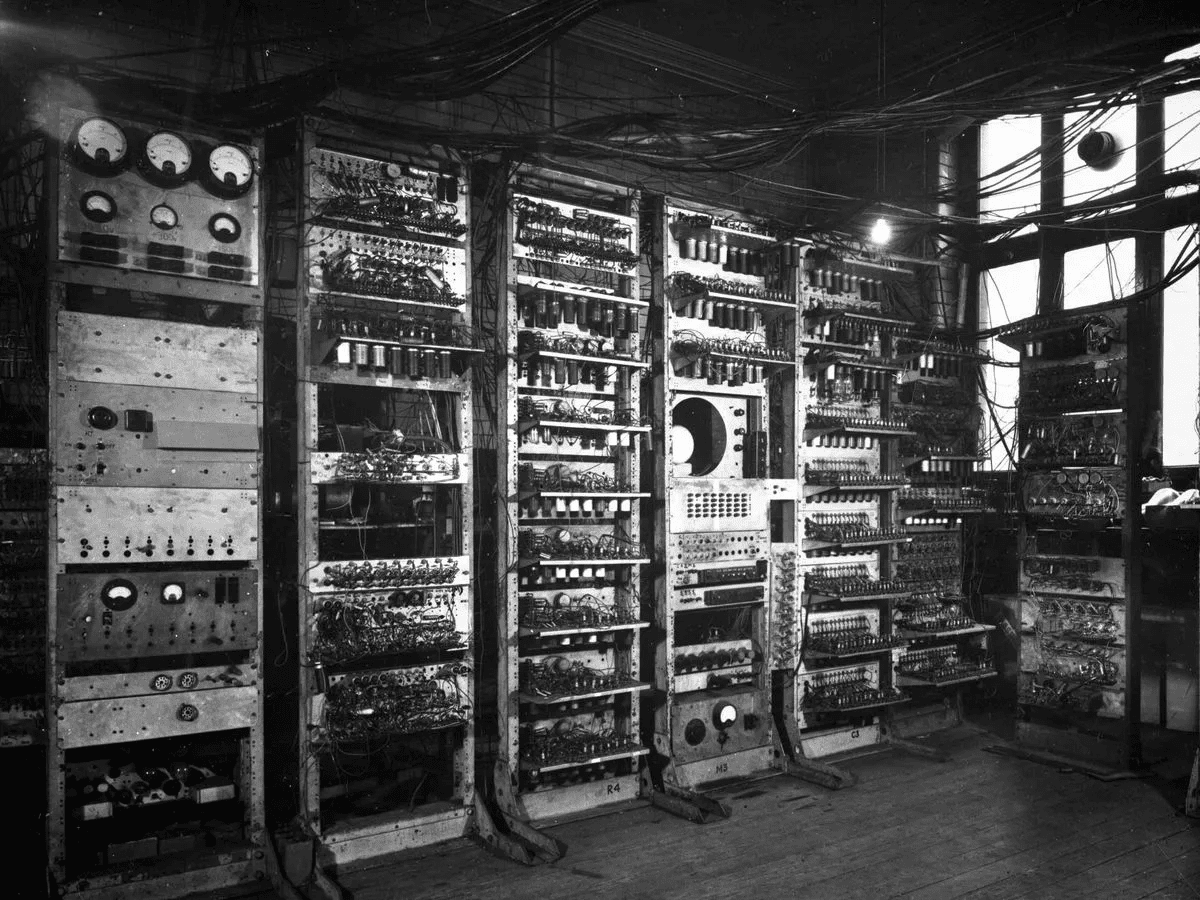The creation of the Manchester Mark 1 is a monumental event in the sphere of innovative technology and occupies an important place in the history of Manchester. This technology began a further and larger world-changing digital revolution. The Manchester Mark 1 was a result of the fruitful work of Alan Turing, Frederic C. Williams, Tom Kilburn, Geoff Tootill, D. B. G. Edwards, G. E. Thomas and other researchers. Thanks to their cooperation, ingenuity and tireless drive for progress, they created an innovative device that proved the limitless potential of computer technology. Learn more at manchester-future.
History of the creation of a stored-program computer

The history of the Manchester Mark 1 creation began in 1948 when Manchester and the whole of Great Britain were being restored after the Second World War. Then people tried to renovate and improve every sphere of human life, including technological innovations. Thus, the University of Manchester created a stored-program computer, paving the way for a new era of computing.
The leaders of the world’s first stored-program computer were Frederic Williams and Tom Kilburn. They spent several years trying to create a computer the world had never seen.
Of course, many first attempts of the Manchester scientists were unsuccessful. But they didn’t give up and thanks to many experiments, they managed to create the Manchester Baby, the first electronic stored-program computer, which underlay the well-known Manchester Mark 1.
The Manchester Baby wasn’t intended as a practical computing device. It was used as test equipment. After the successful creation of the Manchester Mark 1 based on the Manchester Baby, the first realistic program was launched in 1949. It was finding Mersenne primes. The first stored-program computer passed the test with flying colours. It worked without errors for a whole nine hours. After the test, the operation of the computer algorithm was improved to optimise its calculations.
Since its invention, the Manchester Mark 1 computer has been constantly used in various scientific fields. For example, it performed useful mathematical work, such as the study of the Riemann hypothesis and calculations in optics.
What is the Manchester Mark 1?

In other words, the Manchester Mark 1 is a Manchester Automatic Digital Machine, one of the world’s first stored-program computers. This device was developed over several years by scientists from different parts of the UK at the University of Manchester, from where it got its name. The development of such a computer in the 20th century was considered a huge achievement that made an incredible contribution to the development of modern computers.
The Manchester Mark 1 is the development of some of the most prominent British scientists. Among them were Frederic C. Williams, Tom Kilburn, Alan Turing and many others.
The innovative device was launched for the first time in 1948. Moreover, at that time, the device became the first in the world capable of storing programs. Therefore, such a device instantly became a revolutionary invention, as it was significantly different from all predecessor computers. It should be noted that earlier computers were mainly designed to perform a single task or specific requirement. Therefore, they required reprogramming to expand their functionality.
Why was the Manchester Mark 1 so special?
In the 21st century, when every resident of Manchester has a computer at home and a phone with numerous programs and functions is always in hand, it is difficult to imagine how revolutionary the creation of the Manchester Mark 1 computer was. In the 1940s, it was so special for a number of reasons, in particular
- the computer’s memory was stored using a cathode-ray tube
- it featured variable word length
- and it had sequential data processing.
All of these features distinguished the Manchester Mark 1 from other computers.
In what spheres the Manchester Mark 1 was applied?

The Manchester Mark 1 computer began to be used to solve various computing tasks. It could make scientific calculations and mathematical modelling and even create programs. The Manchester Mark 1 became a prototype for the next generations of innovative computers that we use in the 21st century.
It should also be noted that the principles of the Manchester Mark 1 operation were used in the development of many other computers, including the Ferranti Mark 1, the world’s first commercial general-purpose computer.
The Manchester Mark 1 occupies an important place in the history of the city and the development of innovative technologies. It was one of the first stored-program computers, thanks to which humanity learned about the potential of electronic digital computing.